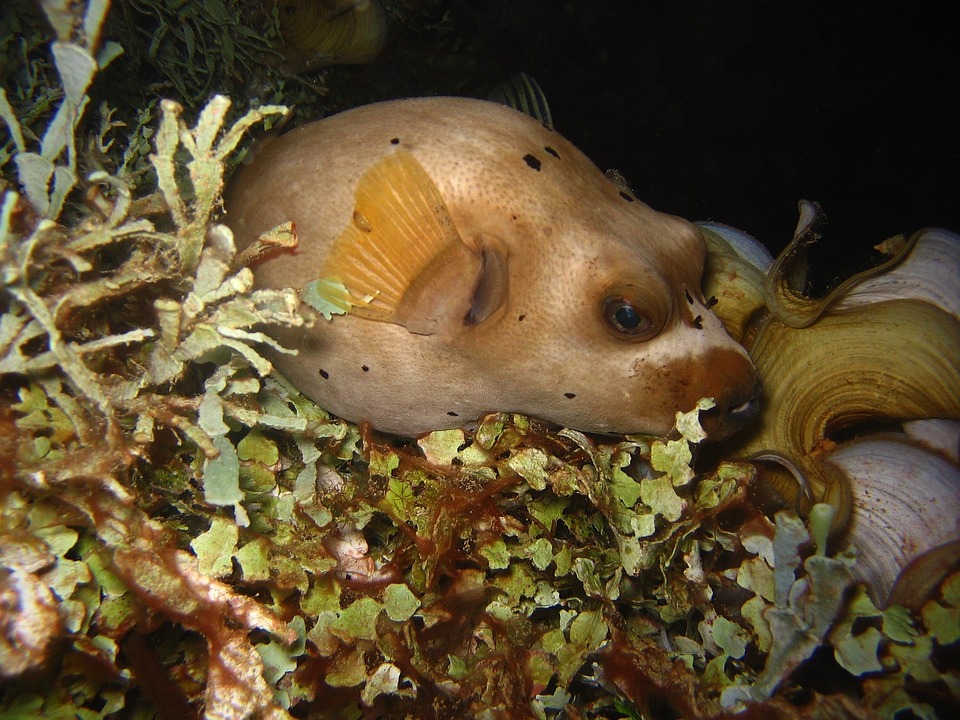Aquarium salt is a valuable tool for maintaining optimal fish health in freshwater aquariums. When used correctly, it can help prevent and treat various fish diseases, promote healing, and improve overall well-being. In this article, we will guide you through the proper use of aquarium salt, its benefits, and answer some frequently asked questions to ensure your fish thrive in their aquatic environment.
Benefits of Using Aquarium Salt
Enhances Fish Immune System: Aquarium salt helps strengthen the immune system of fish, making them more resistant to infections and diseases.
Promotes Gill Function: Salt ions assist in the uptake of oxygen through the gills, improving respiratory functions and reducing stress on fish.
Aids in Wound Healing: Salt acts as a natural antiseptic, promoting faster healing of wounds, fin rot, and other external injuries.
Balances Electrolytes: Proper electrolyte balance is crucial for fish health. Aquarium salt helps maintain this balance, preventing osmotic stress.
Choosing the Right Salt
Not all salt is suitable for aquarium use. When selecting aquarium salt, ensure it is free from additives, iodine, and anti-caking agents, as these can harm your fish. Look for salt specifically labeled as “aquarium salt” or “non-iodized salt.” Avoid using table salt or sea salt, as they may contain harmful impurities.
How to Use Aquarium Salt
1. Quarantine Tank Preparation: Before adding aquarium salt, set up a separate quarantine tank to observe and treat sick fish. This prevents potential contamination of the main tank.
2. Dosage Calculation: Follow the recommended dosage instructions provided with the aquarium salt packaging. Typically, it is advised to add 1 tablespoon of salt per 5 gallons of water. However, consult the package or a fish health expert for precise measurements, as different fish species have varying sensitivity to salt.
3. Gradual Introduction: Add the salt gradually to the quarantine tank over a period of 24 hours, allowing fish to acclimate to the increased salinity. Sudden changes in salinity can stress fish and may lead to health issues.
4. Monitoring Salinity Levels: Use a reliable hydrometer or refractometer to measure salinity levels in the quarantine tank. Aim for a salinity range of 0.1% to 0.3% (1 to 3 grams per liter), depending on the specific disease being treated. Regular testing ensures the salt concentration remains within the therapeutic range.
5. Treatment Duration: Follow the recommended treatment duration specified by the salt manufacturer or consult a fish health professional. Typically, salt treatments last for 10-14 days. If the fish show signs of improvement before the treatment period ends, continue treatment until the entire duration is complete. Prematurely stopping treatment can allow the disease to rebound.
Frequently Asked Questions (FAQs)
Q1: Can aquarium salt be used in freshwater aquariums with live plants?
A1: Aquarium salt can harm live plants. It is recommended to remove plants from the tank before adding salt. If the treatment is necessary and the plants cannot be transferred, reduce the salt dosage to half or seek alternative treatments.
Q2: Can I use aquarium salt as a preventive measure?
A2: Yes, using aquarium salt in low concentrations (0.1%) as a preventive measure can boost fish health and reduce the likelihood of certain diseases. However, ensure the salt concentration remains within safe limits for your fish species.
Q3: Can aquarium salt be used in saltwater aquariums?
A3: No, aquarium salt is specifically formulated for freshwater aquariums. Saltwater aquariums already contain the required salinity levels for marine fish and invertebrates.
Q4: Will aquarium salt kill beneficial bacteria in my tank?
A4: Aquarium salt can affect beneficial bacteria to some extent. However, if used as directed and in moderation, it should not cause significant harm to the beneficial bacteria population. It is crucial to monitor water parameters and consider beneficial bacteria additives if necessary.
Remember, while aquarium salt is an effective tool for fish health, it is not a cure-all. It should be used as part of a comprehensive approach that includes proper tank maintenance, regular water changes, and a healthy diet. Consulting with a fish health professional and researching specific salt requirements for your fish species is always recommended. With the correct usage of aquarium salt, you can provide a thriving environment for your aquatic companions and enjoy their vibrant beauty for years to come.









